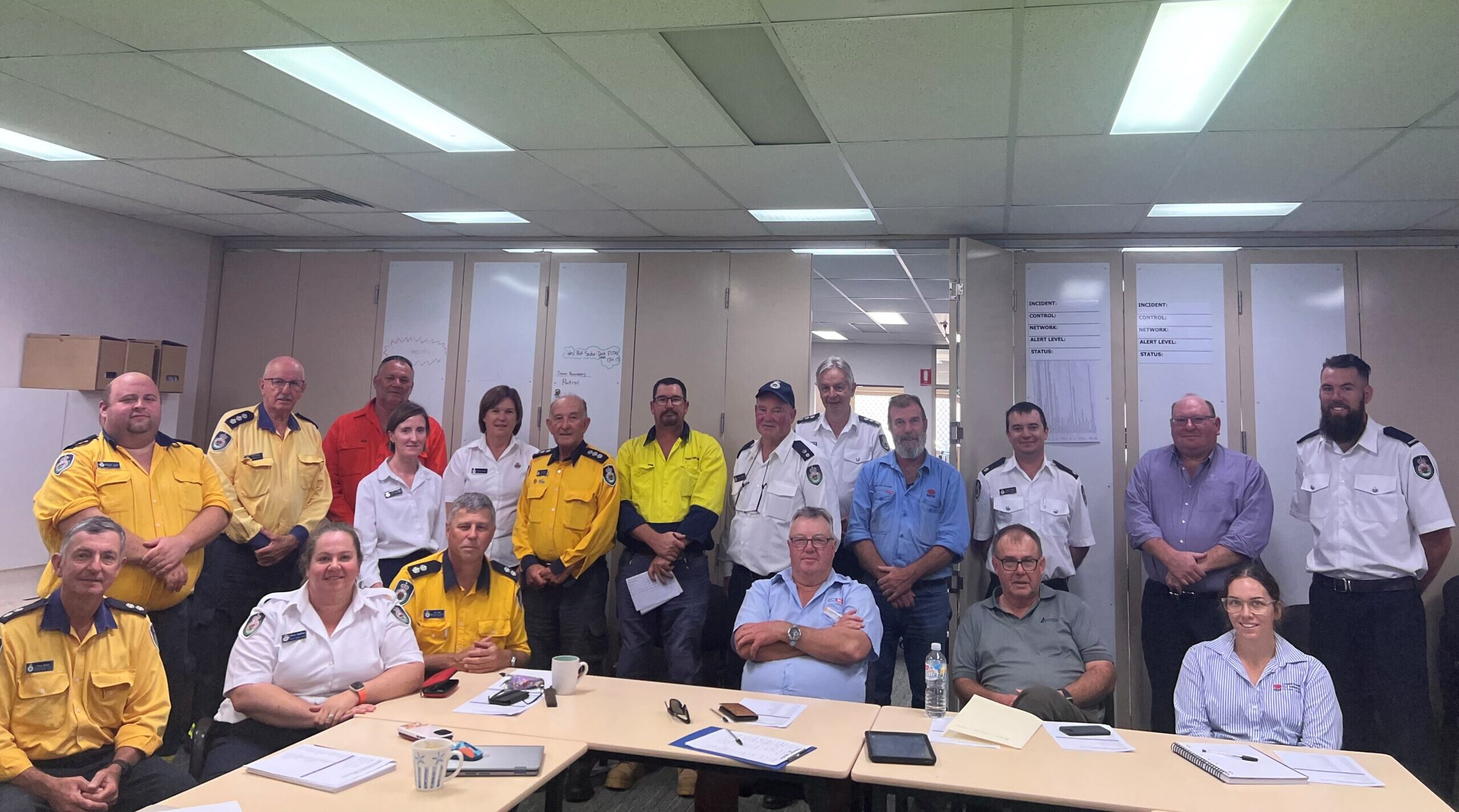The Namoi Gwydir Bushfire Management Committee met last Wednesday for an After-Action Review (AAR) on the recent section 44 Bushfire Act state of emergency.
The Bushfire Management Committee chairperson Bill Pownall led the AAR discussion alongside Rural Fire Service Superintendent Michael Brooks to recap and begin preparation for the next round of bushfire planning and preparation for the Narrabri, Moree and Bingara Shires.
The Duck Creek, Pilliga Forest fires were declared a section 44 state of emergency on December 8, 2023, after lightning strikes the previous night sparked fires south of Narrabri and continued to burn until its peak on December 19.
The outcome of the committee meeting and workshops will help prioritise future incident management systems – and what can be done to mitigate some of the fire season risks.
Members from NSW Rural Fire Service, Forestry Corporation, Narrabri Shire Council, Local Land Services, Gwydir Shire Council, National Parks and Wildlife Service and Crown Lands were all present at the meeting.
“The day was quite successful – we achieved a fair bit, everybody contributed something to it, and we are reasonably happy with what we went away with,” said Mr Pownall.
“The main thing to remember is that we’re making progress – and of course, we’re very thankful of that as we are getting through the fire season.”
All participating agencies were given the opportunity to offer their feedback on what went right and wrong during the fire, and to present the concerns and suggestions from their respective departments.
After the assessment of 81 properties, the committee was pleased to announce that there was no loss of life or major dwelling, and only eight old-framed outbuildings were lost.
The committee outlined suggestions for fire priority areas in the region such as Gwabegar and Warialda which share a high proximity to bushland, while considering possible future hazard reduction.
“To set priorities, first we need to discuss what the next severity impact might be, such as with Gwabegar and Warialda.
“A lot of the time it’s simple things like slashing a 100-metre area to keep grass down around roadsides, pinpointing safe refuges and firebreaks, which all make the difference for the next fire season,” said Mr Pownall.
Gwabegar was an important consideration for the committee because of its dirt roads being major access points, which needed to remain clear.
The committee started the process of setting up a fire trail sub-committee – where members from each agency will work together to prioritise maintenance of fire trails throughout the region.
Bushfire advocacy in remote areas and schools was also a priority for the committee.
Community engagement and education was at the top of the committee’s plan, promoting fire awareness and preparedness with school visits and brigade stalls at local events, as well as enhancing communication with landowners would all form part of the committee’s five-year Bushfire Management Plan.
“We need to ensure that those who live remotely and are landholders out there have a clear area around their place of residence, and understand hazard reduction around their home,” said Mr Pownall.
He also appreciated how well the local agencies worked together and shared resources for the section 44 emergency.
“You’ve got to look forward, there’s no point looking backwards,” said Mr Pownall.
“Thank goodness we’ve got a lot of good volunteers who are the heart of the operation
To order photos from this page click here








